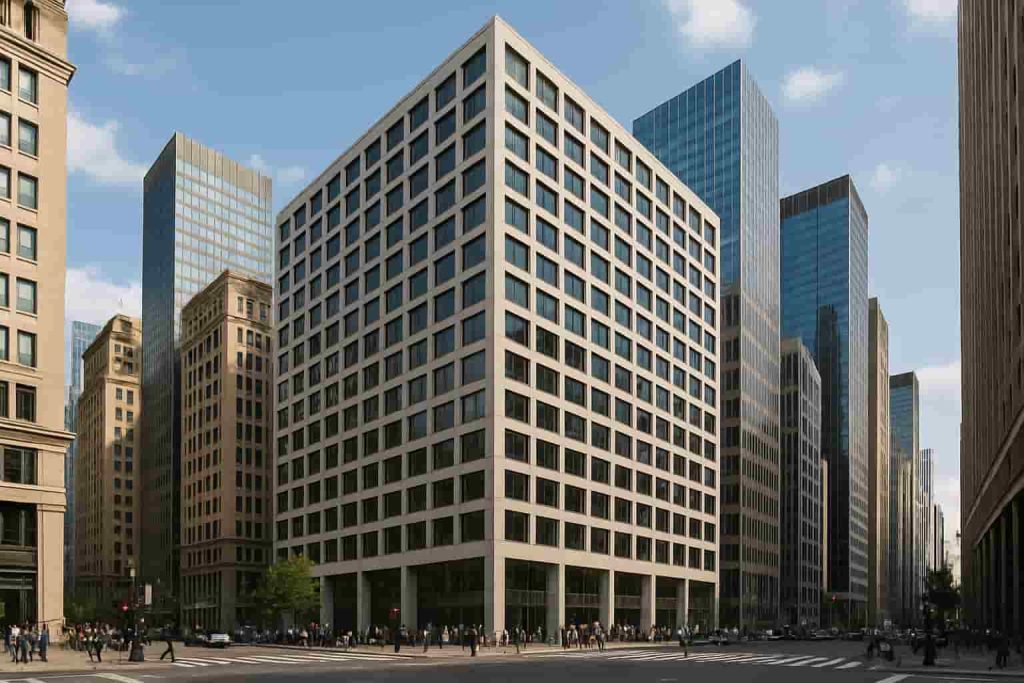Australia’s two biggest cities, Melbourne and Sydney, have been long time powerhouses of the nation’s property market but are starting to lag behind.
Melbourne house prices were flat last month and have only crept up 0.2 per cent over the last quarter.
Up in Sydney, the housing market actually recorded its first monthly drop in nearly two years in February, slipping 0.1 per cent.
CoreLogic head of research Eliza Owen told the ABC it was a sign things were looking good for buyers.
“Not much of a decline in Sydney, the equivalent of about $1,000 at the median value level, but I think it’s definitely a sign that the market is shifting slightly from a sellers’ to a buyers’ market,” she said.
According to Ms Owen, there are already headwinds for the housing market ahead of an expected rise in interest rates later this year.
“These come in the form of affordability constraints, higher levels of listings that are coming onto the market – particularly in Sydney and Melbourne – as well as a lift in the fixed mortgage rate space,” she said.
In a flip to the script of recent years, it’s the smaller Australian capitals that are leading the way, with Brisbane, Adelaide and collective regional areas all recording a monthly increase in the 1.5 – 1.8 per cent range.
While things are slowing down for Sydney, it still recorded an annual house price growth of 22 per cent, but that was beaten by Brisbane with 29 per cent, Hobart with 26 per cent and Canberra with 24 per cent.
Melbourne came in at a much lower 12.5 per cent property price growth for the year.
CoreLogic director of research Tim Lawless spoke to the ABC.
“Regional housing markets aren’t immune from the higher cost of debt as fixed-term mortgage rates rise,” he said.
“These markets are also increasingly impacted by worsening affordability constraints as housing prices consistently outpace incomes,” he said.
“However, demographic tailwinds, low inventory levels and ongoing demand for coastal or treechange housing options are continuing to support strong upwards price pressures across regional housing markets.
“The pace of growth in housing values started to ease in April last year, when fixed-term mortgage rates began to face upwards pressure, fiscal support was expiring and housing affordability was becoming more stretched.
“With rising global uncertainty and the potential for weaker consumer sentiment amidst tighter monetary policy settings, the downside risk for housing markets has become more pronounced in recent months.”



